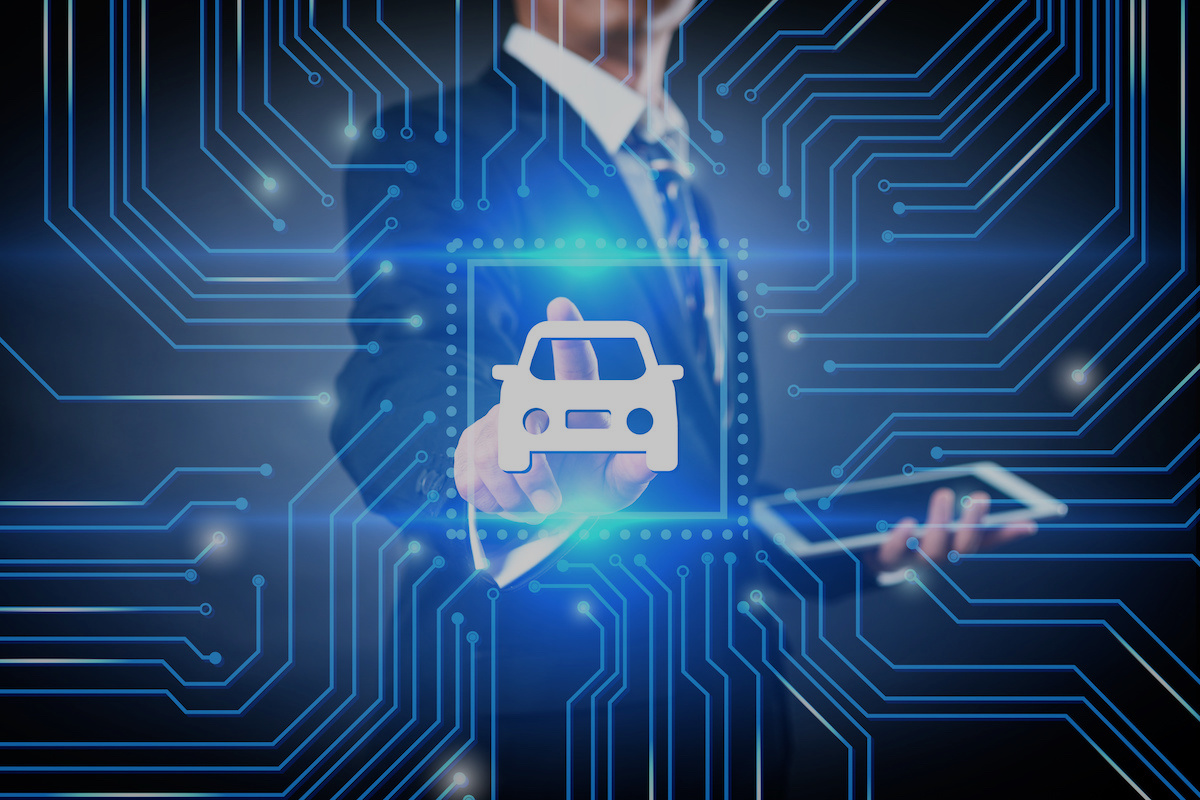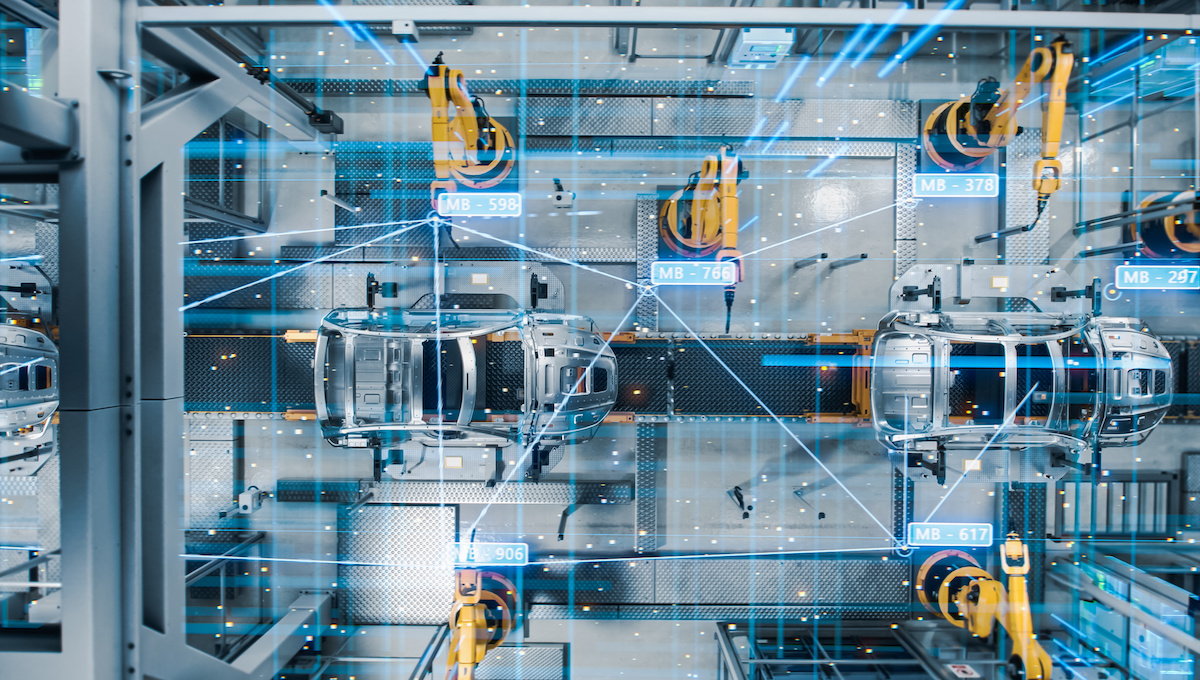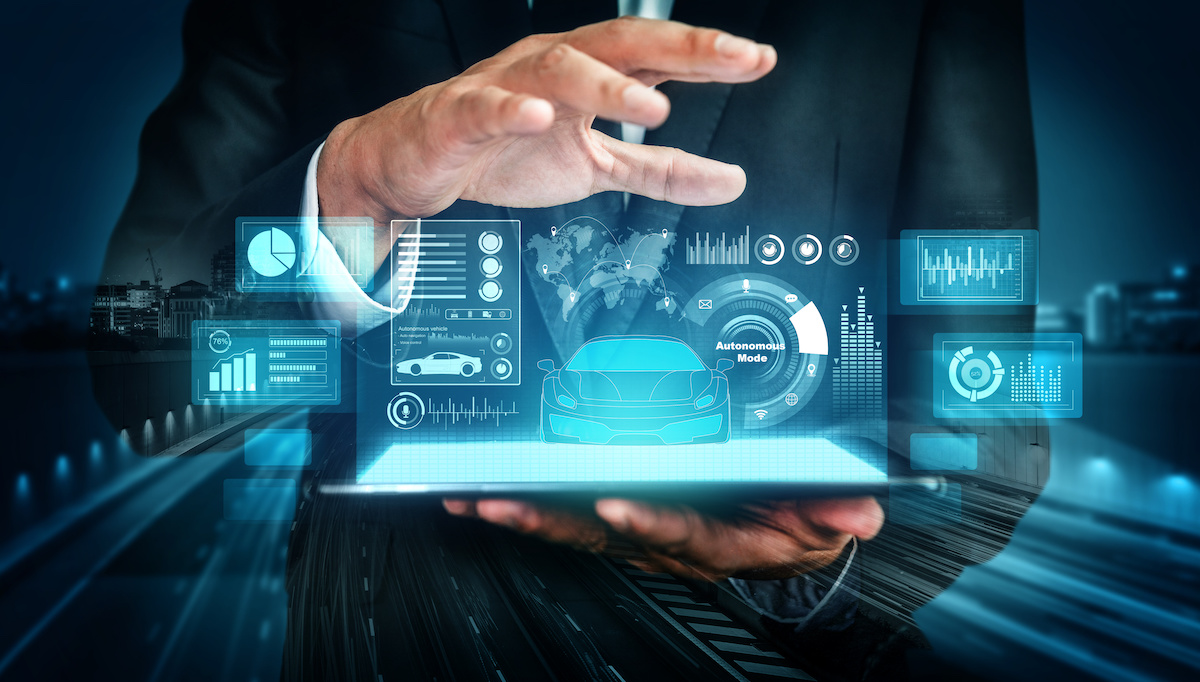We co-developed the virtualization strategy for a large OEM from analysis of the latest market trends to evaluation of concrete use-cases and on to the derivation of necessary organizational adaptations.
The connected car
By 2030 the proportion of vehicles worldwide that are connected will increase sharply from less than 5% to 37%. And connectivity will expand progressively beyond online services for connected cars to software updates for the entire vehicle system, including critical safety functions such as driver assistance.
Connected vehicles can provide a unique customer experience, enhance B2B business opportunities, and improve products and internal processes by delivering cost and revenue benefits to all participants in the automotive ecosystem.
Yet today most ecosystem businesses have not fully realized the opportunity to offer compelling services based on connectivity, or to monetize data from connected vehicles. This represents a significant lost opportunity when companies in other industries are aggressively generating value from data.
Driven by digital experiences in consumer electronics, automotive customers now demand in-vehicle digital and connected services and experiences.
However, most OEM connected services and entertainment systems do not meet customer expectations: poor execution of services and communication issues severely limit uptake among car owners. OEMs need to collaborate with tech companies like Apple, Google, Tencent or Baidu in the integration of third-party apps and services, as customers will not accept OEM proprietary platforms and ecosystems.
New vehicle-specific services need to be defined and bundled intelligently to devise profitable business models reflecting both limited customer willingness to pay and recurring costs for service licenses.
The competitive landscape for software-defined vehicles is evolving rapidly, with traditional automotive companies, technology companies and start-ups all vying for a share of the market.
To remain successful companies must follow four strategic pathways:
Technological progress within the connectivity domain exceeds the speed of development in other more traditional automotive domains by a significant margin.
To cope with these challenges OEMs must:
On market-specific product expectations and regulations, OEMs are facing heterogeneous demands. Customer location is key: Korean and European customers use different services, while Chinese and US customers have different expectations for an easy-to-use and well-designed user interface.
To limit variety, development cost and complexity OEMs need to:
In recent years the legislative landscape governing technology in the US, Europe, and China has evolved rapidly as regulations respond to evolving trends.
As a result OEMs need to adapt their existing business models, services, and technologies to comply with these new guidelines. For example:
Automotive companies have long struggled with the monetization of data. Many OEMs have ownership of large amounts of exclusive vehicle and customer data, but new regulations are breaking down exclusive control of data and giving external stakeholders more access. This means that promises of billion-dollar revenue windfalls from data monetization are unlikely to be realized.
Nevertheless, at Berylls we believe that OEMs can profit most effectively from structured internal data usage for B2B and B2C data-driven services and products. They can leverage that data for product development and internal process optimization and to provide the best customer experience at all touchpoints.
We have successfully worked on connectivity projects for large OEMs, suppliers, technology companies and service providers. Here are three recent examples of our work.
We developed a desirable value proposition, a viable business case and demonstrated technical feasibility for a new third-party in-car platform for a major automotive supplier. In addition, we prototyped the new product.
We helped a leading luxury OEM integrate connectivity as a vehicle-independent development task into the company’s existing product development process.
We co-developed the virtualization strategy for a large OEM from analysis of the latest market trends to evaluation of concrete use-cases and on to the derivation of necessary organizational adaptations.
We developed a desirable value proposition, a viable business case and demonstrated technical feasibility for a new third-party in-car platform for a major automotive supplier. In addition, we prototyped the new product.
We helped a leading luxury OEM integrate connectivity as a vehicle-independent development task into the company’s existing product development process.
We co-developed the virtualization strategy for a large OEM from analysis of the latest market trends to evaluation of concrete use-cases and on to the derivation of necessary organizational adaptations.
We developed a desirable value proposition, a viable business case and demonstrated technical feasibility for a new third-party in-car platform for a major automotive supplier. In addition, we prototyped the new product.
We helped a leading luxury OEM integrate connectivity as a vehicle-independent development task into the company’s existing product development process.
We co-developed the virtualization strategy for a large OEM from analysis of the latest market trends to evaluation of concrete use-cases and on to the derivation of necessary organizational adaptations.
We developed a desirable value proposition, a viable business case and demonstrated technical feasibility for a new third-party in-car platform for a major automotive supplier. In addition, we prototyped the new product.
We helped a leading luxury OEM integrate connectivity as a vehicle-independent development task into the company’s existing product development process.
We co-developed the virtualization strategy for a large OEM from analysis of the latest market trends to evaluation of concrete use-cases and on to the derivation of necessary organizational adaptations.
We developed a desirable value proposition, a viable business case and demonstrated technical feasibility for a new third-party in-car platform for a major automotive supplier. In addition, we prototyped the new product.
We helped a leading luxury OEM integrate connectivity as a vehicle-independent development task into the company’s existing product development process.
We co-developed the virtualization strategy for a large OEM from analysis of the latest market trends to evaluation of concrete use-cases and on to the derivation of necessary organizational adaptations.
We developed a desirable value proposition, a viable business case and demonstrated technical feasibility for a new third-party in-car platform for a major automotive supplier. In addition, we prototyped the new product.
We helped a leading luxury OEM integrate connectivity as a vehicle-independent development task into the company’s existing product development process.
We co-developed the virtualization strategy for a large OEM from analysis of the latest market trends to evaluation of concrete use-cases and on to the derivation of necessary organizational adaptations.

We co-developed the virtualization strategy for a large OEM from analysis of the latest market trends to evaluation of concrete use-cases and on to the derivation of necessary organizational adaptations.

We developed a desirable value proposition, a viable business case and demonstrated technical feasibility for a new third-party in-car platform for a major automotive supplier. In addition, we prototyped the new product.

We helped a leading luxury OEM integrate connectivity as a vehicle-independent development task into the company’s existing product development process.
The WTCAR covers the 100 most relevant and promising listed companies worldwide.
Do not miss any news. Sign up now.
You are now signed up for our newsletter.
Something went wrong. Please check your data.